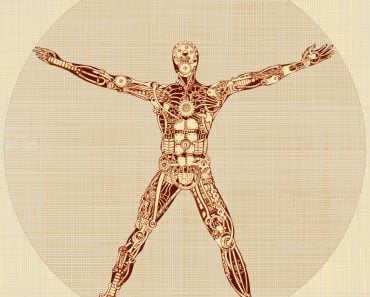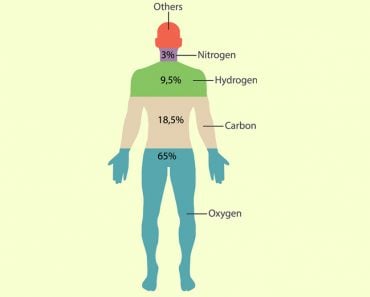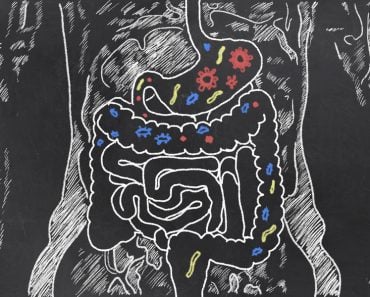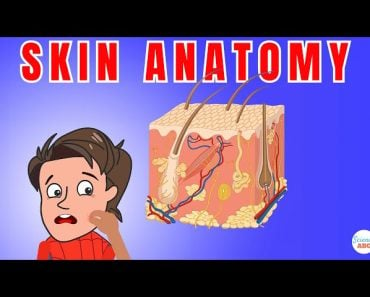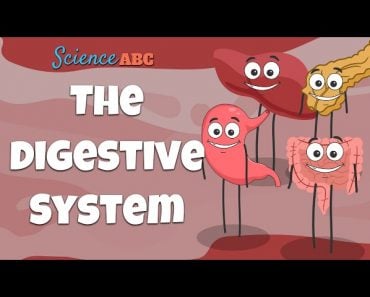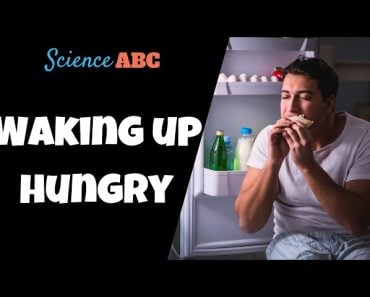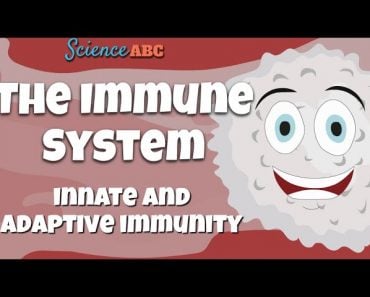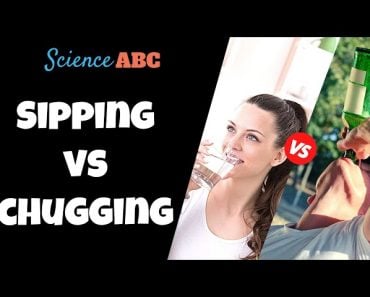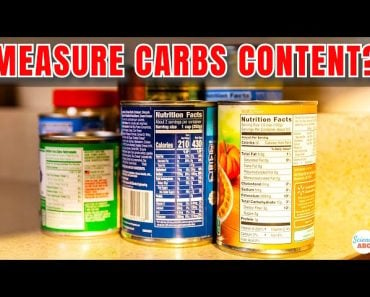Table of Contents (click to expand)
There are 9 different water-soluble vitamins that the body requires. These are the 8 different types of vitamin B (1, 2, 3, 5, 6, 7, 9, 12), and vitamin C. These vitamins plays a host of different roles in the body, a few of which are helping maintain healthy metabolism, brain function, production of blood cells, and skin.
The word vitamin comes from two Latin roots, ‘vita’ and ‘amine’; the former means life and the latter refers to any organic compound derived from nitrogen. Translated literally, vitamins are little energy packets that are essential for survival.
If I had to describe vitamins in a short sentence, I’d say that they are vital micronutrients required for bodily functions, both essential and non-essential. Vitamins have a critical role in a range of bodily processes, varying from energy release to cell creation, from DNA synthesis to maintaining cholesterol levels.
We get our vitamins from our daily diet, as well as exposure to sunlight directly on our skin.
Recommended Video for you:
Types Of Vitamins
Vitamins come in two types, those that dissolve in water and those that dissolve in fat.
The water-soluble ones are abundant in a variety of foods, especially in the juices or watery parts of fruits and vegetables.
Being water-soluble, they are not easily stored in large quantities by our bodies; excess amounts tend to be eliminated through our urine. To counter this, we need a steady and continuous supply of scrumptious fruits and vegetables to replenish them on a daily basis.
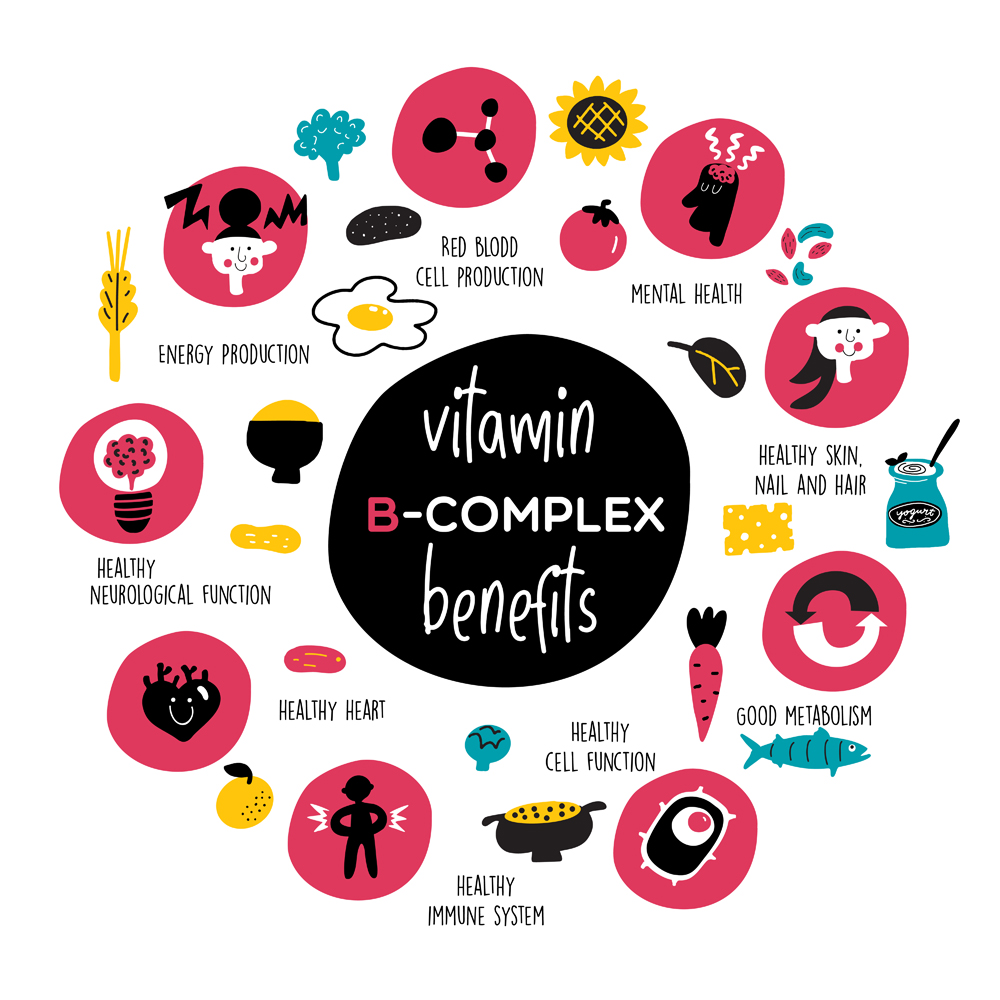
There are 13 vitamins that the human body needs to function. Of these, four are fat-soluble (vitamins A, D, E and K) and the remaining nine are the water-soluble ones we will address in this article. This group of 9 is comprised of 8 vitamins in the B group (the B complex) and vitamin C, the 9th and possibly the most famous vitamin on the list.
The 8 Big Bs
The B vitamins are associated with metabolic enzymes that help our body extract all the fuel and energy from the food we eat. They are integral to the release of energy from carbohydrates, proteins and fats.
Vitamin B1
In 1890, a Dutch medical officer named Christiaan Eijkman discovered that chickens fed on a diet of polished white rice would get an inexplicable nervous malady. This nervous disorder made the chickens weak and lethargic to the extent that they couldn’t support the weight of their own head. In extreme cases, they suffered from random convulsions or paralysis.
Surprisingly, when the chickens were switched from their normal diet to rice bran, their ailment disappeared. He soon noticed that the symptoms the chickens had were similar to the symptoms of another human disease—beriberi. This piqued Eijkman’s interest and he went on to investigate what this ‘anti-beri-beri factor’ was. This led to the discovery of vitamins and scientists later identified vitamin B1 or thiamine deficiency as the specific cause of both polyneuritis and beriberi.
Thiamine optimises enzymes that break down carbohydrates for fuel. It is also linked to the conduction of signals across nerve cells which explains beri-beri’s neurological symptoms.
This vitamin has a short half-life, which means it gets broken down and eliminated by our bodies very quickly. Therefore, we need a continuous supply of it.
Everyday sources of vitamin B1 are whole grains, meat, fish, breads, cereals, yeast extract, oatmeal, pulses, and nuts. If you really enjoy pork, you can rejoice, since this meat is especially rich in vitamin B1. As vitamin B1 is required to obtain energy from carbohydrates, the amount of vitamin B1 needed depends on your carbohydrate intake.
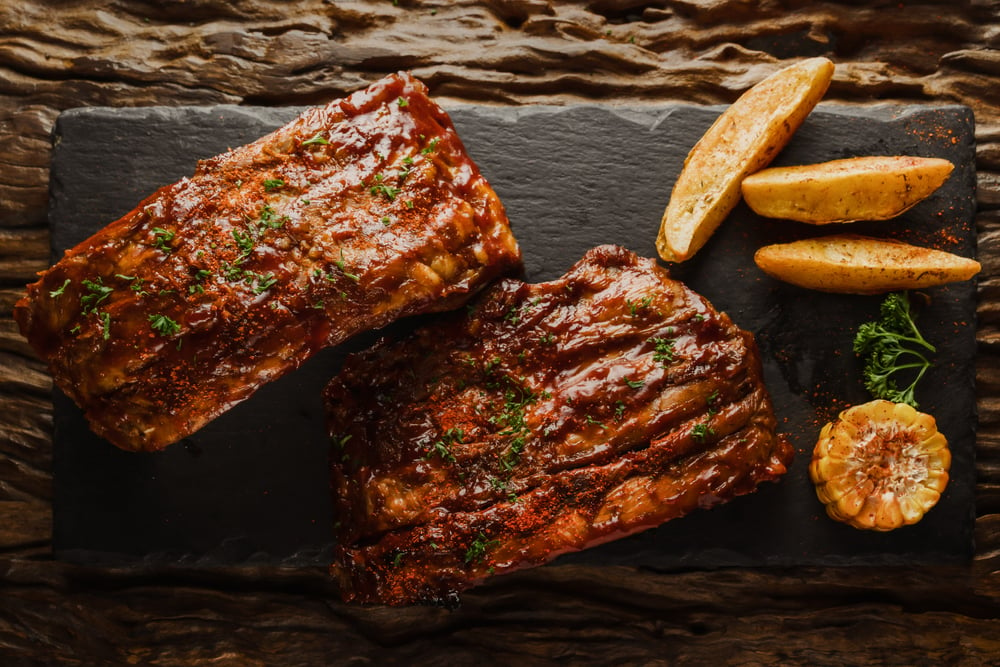
Vitamin B2
Vitamin B2, chemically called riboflavin, is required by two co-enzymes (enzyme assistants): flavin mononucleotide and flavin adenine dinucleotide. These enzymes are one reason the mitochondria works as the powerhouse of the cell; they are crucial for energy metabolism.
This vitamin plays a major role in amino acid and fatty acid synthesis, which makes it absolutely necessary for the healthy growth and development of our bodies. We cannot have strong muscles and healthy tissues without it.
Egg whites, dairy, chicken liver, bread and grains are vitamin B2-containing foods.
Vitamin B3
Niacin is the official name of Vitamin B3, which plays a starring role in keeping cholesterol levels in check and reducing the risk of heart attacks.
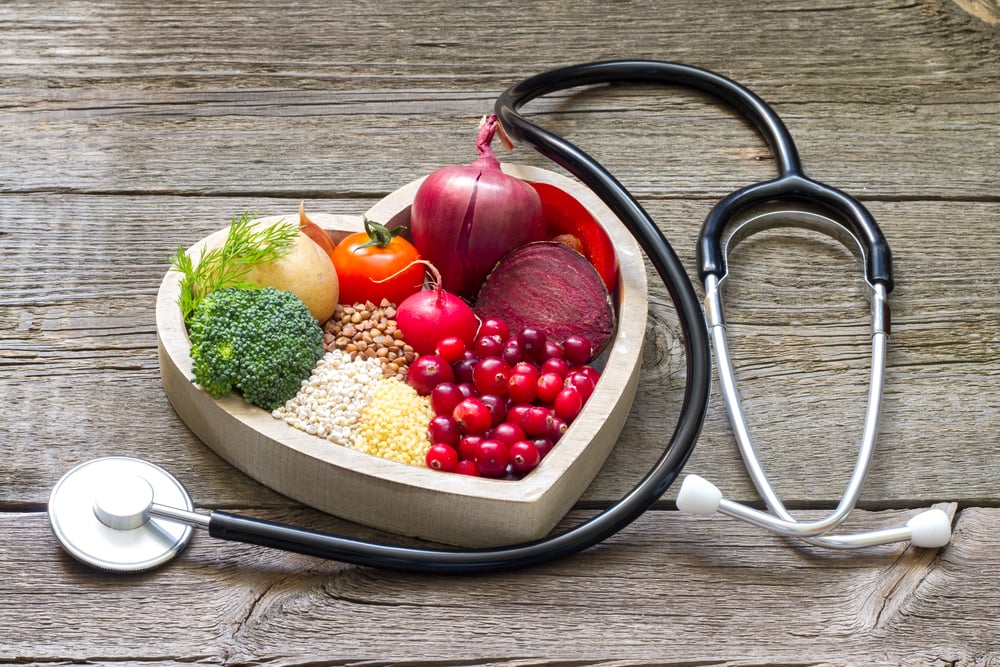
This is one vitamin that the body can synthesize by itself. The liver uses the amino acid tryptophan as a raw material; 1 mg of niacin from 60 mg of tryptophan. Meats like chicken and turkey are especially rich in tryptophan.
Food that is rich in naturally occurring vitamin B3 includes poultry, salmon, tuna, breads, grains, legumes, and cereals. Peanuts are also a good source of vitamin B3.
Vitamin B5
No, I didn’t skip vitamin B4. Initially, 12 compounds were identified as vitamins of the B family, but in time, we discovered that some of these didn’t have any significant nutritional value. Instead of junking the established nomenclature, it was presumably easier to discard a couple of the now-defunct numbers and keep the rest.
Vitamin B5, or pantothenic acid, helps to process carbs, proteins and fat to release energy. This key vitamin also helps to synthesize lipids.
We can get easy access to vitamin B5 is by eating different food items, such as fish, chicken, legumes, green leafy vegetables, eggs, breads and cereals. However, it’s most abundant in animal organs and milk.
Vitamin B6
Vitamin B6 or pyridoxine is crucial for amino acid metabolism. When we are hungry and unable to acquire food, our bodies break down our glucose stash—glycogen—for necessary energy. Vitamin B6 plays a role in this breakdown, as well as in the formation of bile salts, which are crucial for proper digestion. Pyridoxine is also required for the formation of red blood cells and hemoglobin.
Sources of vitamin B6 include pork, chicken, turkey, seafood, peanuts, milk, cereals, bread and bananas.
Vitamin B7
There are about 2 meters of DNA in a single cell, but cells are so small, so how does it all fit? Well, DNA is compacted and coiled around certain proteins, known as histone proteins, and biotin is an important player in this procedure. Vitamin B7 or biotin also contributes to carbohydrate, protein and fat metabolization.
What’s special about biotin is that the body doesn’t require too much of it. This is a good thing because even though biotin is present in most food, it is found in minuscule amounts.
Some studies seem to suggest that biotin also improves the health of our skin, nails and hair.
Want to ensure you aren’t lacking in this micronutrient? Regularly include sweet potatoes, spinach, broccoli, peanuts, meat, fish, eggs and rice bran as part of your diet.
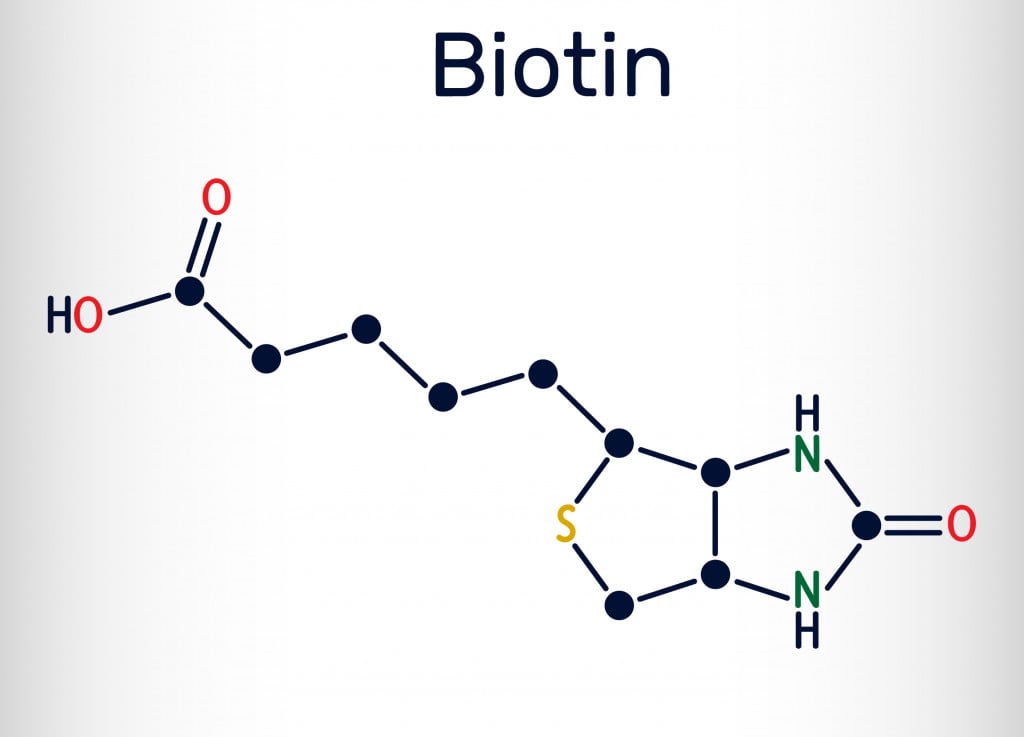
Vitamin B9
Vitamin B9, also known as folate, is a very essential vitamin, as it is required for DNA replication. It plays a role in synthesizing the molecules that make up DNA: A, T, G and C. When our cells divide, our DNA also has to duplicate so the new cell gets a copy. Folate is therefore needed for normal and controlled cell division; thus, any deficiencies in folate could potentially be very harmful.
Folate is a key ingredient in the formation of RBCs, a fact that was discovered as early as 1931, when monkeys were cured of anemia after being administered liver extracts, which are rich in folate.
For the above reasons, pregnant women are often given folic acid supplements, an artificial form of vitamin B9. Pregnant women who regularly take folic acid lower the chance of birth defects in their babies.
Folate is present in green leafy vegetables, broccoli, brussels sprouts, peas, chickpeas and certain breakfast cereals that are fortified with folic acid. The richest sources of folate include animal liver, asparagus and avocado.

Vitamin B12
Finally, we come to Cobalamin or vitamin B12, the last of the vitamins belonging to the B family. B10 and B11 went the way of B4 and B8.
This is one of the B vitamins primarily sourced from bacteria present in our gut. B12 is the vitamin that doctors routinely check for, as a lack of vitamin B12 leads to anemia. Severe Vitamin B12 deficiency results in neurological complications as well.
Vitamin B12 is not widely present in plant sources; so far, only meats are found to have vitamin B12 that the body can use. So, unless you eat meat regularly, you will likely have a vitamin B12 deficiency.
Vitamin B12 is needed for RBC and DNA formation. Cobalamin is also essential for the nervous system, as it helps neurons function.
The only natural sources of vitamin B12 are meat, fish, eggs and dairy products. This is why vegans and vegetarians usually require supplementation, though small amounts are present in fortified soy products.
Vitamin C
Last but not least, and my personal favorite vitamin—vitamin C! Alternatively called ascorbic acid, it is critical for our immune system function.
Once again, this is a vitamin important to the functioning of many metabolic pathways that provide energy for our body. It is also required for the synthesis of dopamine, a neurotransmitter associated with the flight-or-fight response. Naturally, high stress levels tend to demand higher levels of this non-storable vitamin.
Vitamin C also aids the absorption of iron from the vegetables we eat. It facilitates the absorption of dietary iron that takes place in the intestines. Indispensable to healthy gums, teeth and skin, vitamin C also plays a small role in wound healing.
Sources of ascorbic acid are citrus fruits, such as oranges, grapes, sweet lime, pineapple, berries, and blackcurrants, as well as mangoes and papayas. Vegetables like broccoli, spinach and bell peppers also contain high levels of vitamin C.
This vitamin, or its lack thereof, played a crucial part in vitamin history. Seamen out on long voyages would often get sick with bleeding gums and weak bones. Scurvy victims recovered after they ate celery, cabbage or other fruits, which at the time were only available on land; getting vitamin C-rich foods at sea was impossible, and they were perishable after a few days or weeks. Therefore, sailors believed in a superstition that the smell and touch of the Earth could cure scurvy.
Finally, in the mid 17th century, James Lind connected scurvy to the deficiency of certain foods like oranges and lemons. The work of later biochemists led to the discovery of vitamin C; finally, in 1933, Sir Walter Norman Haworth revealed its chemical structure.
Conclusion
One should never underestimate the power of vitamins; they may be small, but they pack quite a punch. Since water-soluble vitamins aren’t stored by the body, we need to ensure that our foods refuel these vitamins in our system. In other words, stop sneaking the veggies off your plate and start taking the recommended five portions of fruits and vegetables per day.
If needed, consult your doctor to find out if you have any vitamin deficiencies, especially if you’re a vegetarian or vegan. You will find plenty of vitamin supplement options, such as chewable vitamin C tablets, or my personal favorite, gummy bears fortified with tons of essential micronutrients!
References (click to expand)
- The Vitamin B Complex: It's Actually Not That Complex. Founded in 1985, the International Food Information Council
- Leaf, A., & Lansdowne, Z. (2014). Vitamins - Conventional Uses and New Insights. Nutritional Care of Preterm Infants. S. Karger AG.
- Definitions of Health Terms: Vitamins - MedlinePlus. MedlinePlus
- (1989) Water-Soluble Vitamins - Diet and Health - NCBI Bookshelf. The National Center for Biotechnology Information
- Ball G. F. M. (2008). Vitamins: Their Role in the Human Body. John Wiley & Sons
- Vitamins & minerals - Healthy Kids Association. healthy-kids.com.au


